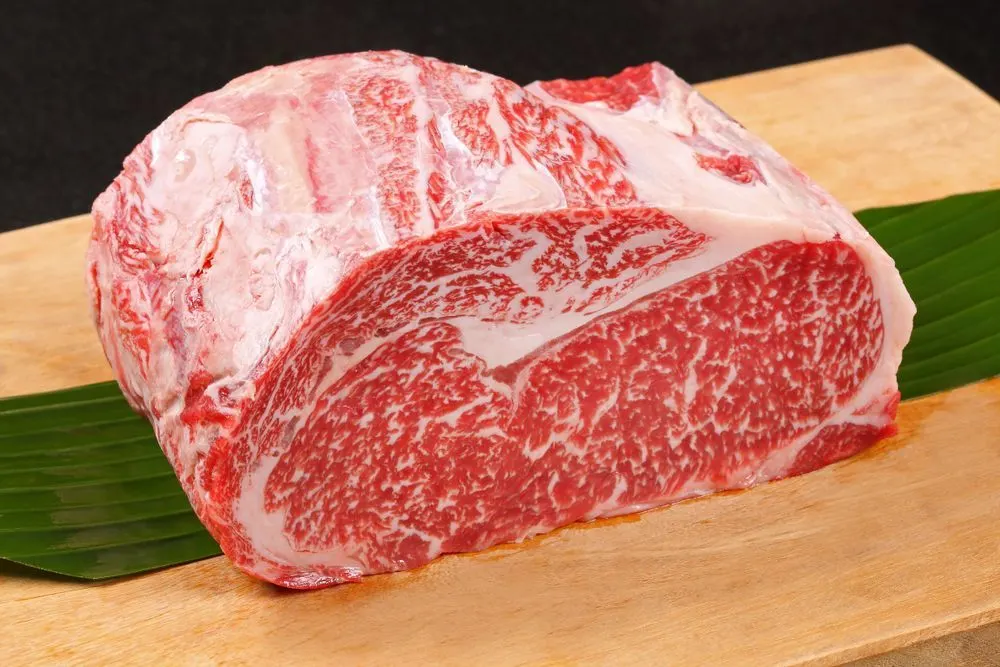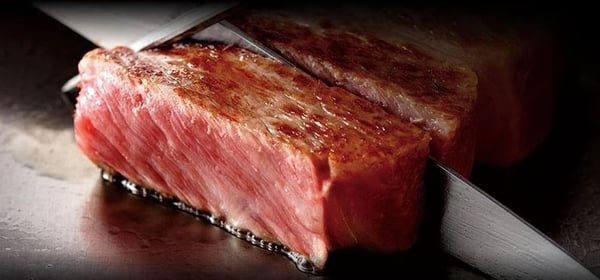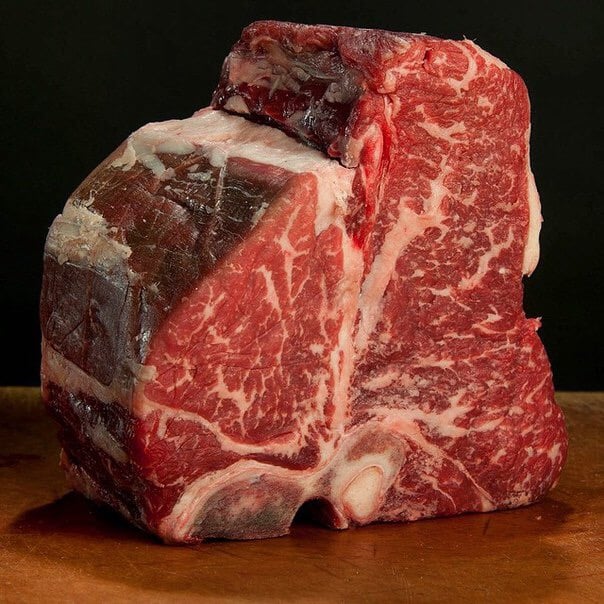Expensive Beef Thats Made Whole and Cooked Rare
We have reviewed fine wine, expensive whiskeys, so let's continue with fine dining. More specifically, the finest and most expensive steaks you can buy for a dining experience of a life time. In this post we will be looking at: Let's start off the with a familiar name that will also act as the basis for the next few entries on our list of most expensive steak in the world...Wagyu. Japanese Wagyu steaks are incredibly special, rare, sought after, and expensive due to the fine-grained intramuscular fat, also referred to as marbling. It is in essence what gives the steak its unique texture and flavor, and makes it stand out from the other cuts of meat found at your local butcher's. This marbling is so important that any bull showing a higher genetic predisposition towards intense marbling is highly sought after for breeding and can fetch an insane price tag. There are actually multiple variations of Wagyu based on prefecture around the country. While the term Wagyu beef is strongly associated with Japan, in the 1970s, a small number of Kuroge Washu cattle were exported to the U.S. There the arguably smaller Washu were bred with the larger Angus cattle creating American Wagyu Beef. While not of the same quality or rarity as authentic Japanese Wagyu, American Wagyu is significantly easier to source and at a much more wallet-friendly price point. Having said that, it will still outclass every other cut of meat at your local butcher and will leave you full and satisfied. Any list about the highest quality and most expensive steak cuts in the world wouldn't be complete without including Kobe Beef. Japanese Wagyu beef is rightfully considered to be among the best beef in the world and Kobe beef is…simply put, the cream of the crop of Wagyu. The secret behind Kobe beef's flavor, reputation, and price tag, is the intense marbling of the meat. The fine-grained intramuscular fat is what gives this expensive steak its rich buttery flavor and smooth texture. To quality of Kobe beef is measured on a scale of 1-5 with A5 being the highest grading possible. In fact, A5 is so high on the list that only 3000 cattle will make the annual cut. This is precisely why exporting Kobe beef outside of Japan is heavily regulated, and is another factor contributing to its price tag. The combination of quality and scarcity has elevated Kobe beef steaks to some of the best, and most expensive, meat in the world. While Kobe beef comes from Hyogo (also known as the beef capital of Japan,) there are still other prefectures around the country that produce extreme quality beef. In fact, each prefecture actually competes in Japan's famous Wagyu Olympics (and yes, as odd as it might sound, it's a real thing.) Olive Wagyu is produced by raising beef on up-cycled, toasted olive pulp to ultimately give the meat a unique and delicious flavor. The meat shows an excellent combination of the characteristic Wagyu marbling and high levels oleic acid. A combination so great in fact, it won the top prize for "best fat" at the recent Wagyu Olympics. While all the above steaks are extremely expensive and rare, they can still be obtained to be cooked at home. There are, however, steaks that are so rarified, they can only be found in select restaurants and for a very hefty price tag. More specifically, we are referring to the the Vintage Cote De Boeuf Rib Steak from Boucherie Polmard in France, which is without a doubt one of the most expensive beef cuts on the market today. But what makes this steak so expensive and so exclusive? For one it can only be purchased from one butcher in Paris known as Polmard Eleveur Boucher. There the head butcher, Alexandre Polmard, 'hibernates' the beef, essentially aging it for 15 years. For comparison purposes, most beef you can buy around the world is aged for about 21 days. Once slaughtered, the beef is stored in Boucherie Polmard's on-site food laboratory where it is air chilled down to -45 °F. This is done by a special technique of blown super chilled air onto the meat at exactly 47 mph. After 15 years of aging, the beef develops a rich and unique taste that has made it a favorite of Michelin-starred establishments around the world. A simple ribeye will set you back a whopping $3,200 (and that is before a restaurant applies its premium). While you can technically purchase one of these steaks directly from the butcher, due to the slow and limited production, restaurants like have years of stock backordered, making it extremely difficult (and costly) to simply walk in and buy a few cuts. For more reading on colored diamonds, see the links below:

Most Expensive Steak No.5: Japanese Wagyu Beef

Most Expensive Steak No. 4: American Wagyu Beef
Most Expensive Steak No. 3: Japanese A5 Kobe Beef

Mos t Expensive Steak No. 2: Olive Wagyu
The Most Expensive Steak in the World: The Vintage Cote De Boeuf Rib Steak


Source: https://blog.arpegediamonds.com/the-5-most-expensive-steak-cuts-in-the-world-explore-fine-dining
0 Response to "Expensive Beef Thats Made Whole and Cooked Rare"
Post a Comment